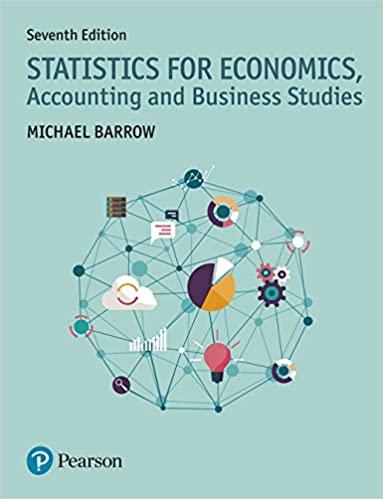Question
This study examines the contribution of goodwill impairment information to the prediction and forecasting of future operating cash flows. Extending the framework of Barth, Cram,
This study examines the contribution of goodwill impairment information to the prediction and forecasting of future operating cash flows. Extending the framework of Barth, Cram, and Nelson, we find that explicitly including goodwill impairments incrementally improves 1-year-ahead cash flow prediction and forecasting. Improved cash flow forecasting is present over the entire 2001-2009 study period as well as for each year within the study window. In addition, goodwill impairments retain their significance and predictive power when other non-recurring charges (e.g., restructuring, asset write-downs, and merger and acquisition costs) are added to the model, both individually and aggregately, and when market-related information (i.e., change in market capitalization) is included in the model. While these findings are validated by in-sample prediction techniques, this study is also one of only a few studies to investigate the incremental, out-of-sample predictive power of non-current accruals on reported (as opposed to computed) operating cash flows. Analysts, investors, creditors, and others interested in future cash flows should separately consider goodwill impairment information, when available, to improve the accuracy of cash flow prediction and forecasting. [ABSTRACT FROM AUTHOR]
how the article relates to the Accounting course?
a question this article lead you to wonder about or consider.
Step by Step Solution
There are 3 Steps involved in it
Step: 1

Get Instant Access to Expert-Tailored Solutions
See step-by-step solutions with expert insights and AI powered tools for academic success
Step: 2

Step: 3

Ace Your Homework with AI
Get the answers you need in no time with our AI-driven, step-by-step assistance
Get Started


